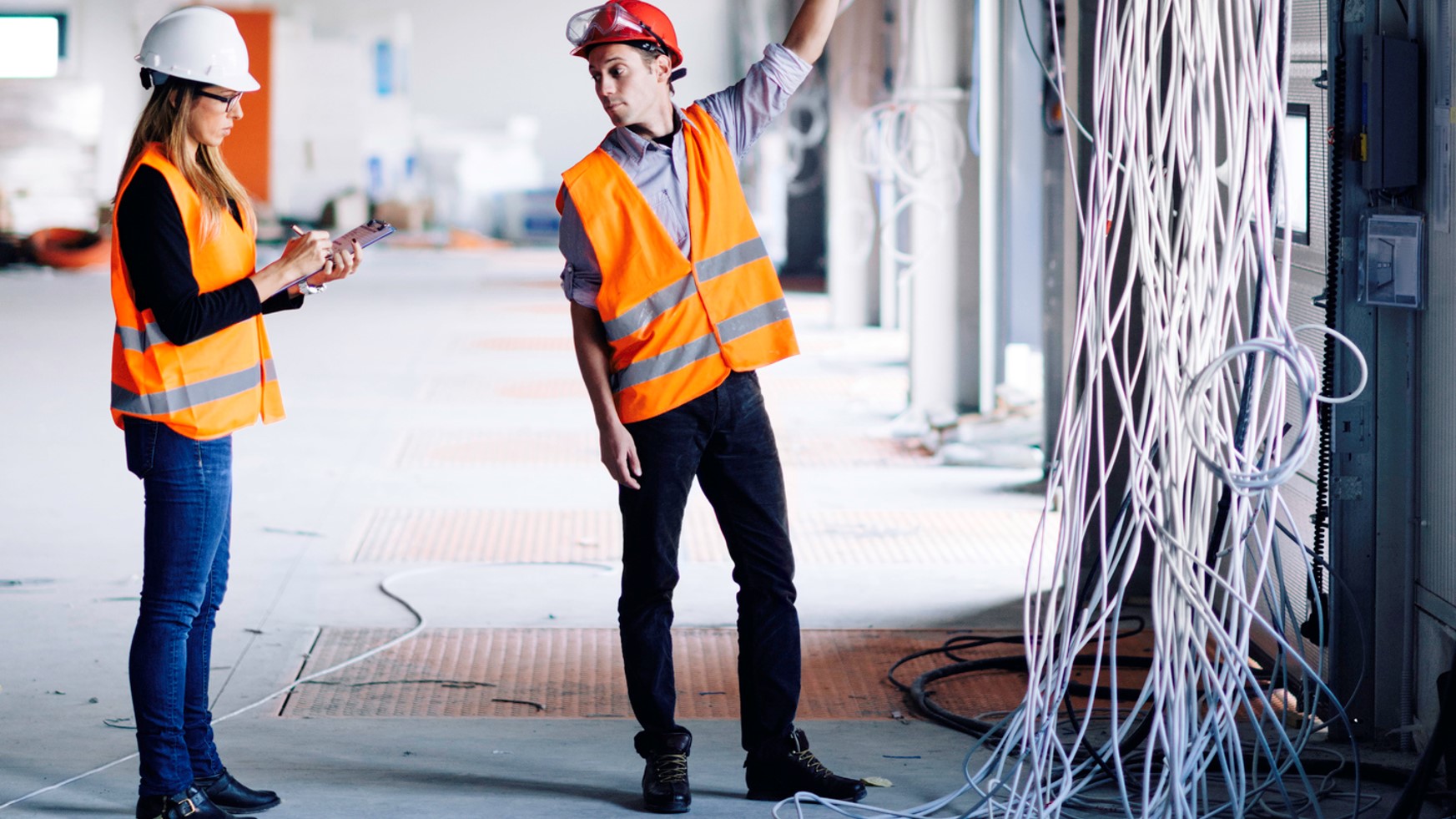The impact of technology continues to fascinate academics and the media alike, in part because the advances being made in the field of artificial intelligence could, according to PwC, threaten 3% of jobs in the early part of the current decade. But to view technology as simply a means of reducing headcount is a myopic view. Designed and implemented intelligently, digital technology has the power to radically reshape the interaction between a customer and a commercial organisation. When an organisation has finite resources and a limited supply of people with the necessary skills and experience, technology can be used to leverage people’s time and abilities. Technology allows organisations to do more – and that’s the potential we set out to explore at Liberty Specialty Markets (LSM).
The testbed for us was a project to deploy digital technology with the aim of redesigning the way in which our risk engineering unit functioned. This led to wider-scale thinking about how the lessons could be applied across LSM. This may seem like an unorthodox approach, but for me with a background in mechanical engineering, integrated computer systems and customer account management, it made perfect sense. It was the opportunity to respond to the desire for change by
putting a team under the microscope to see what could be accomplished when the interface between employees and customers was effectively rebuilt.
Analogue approach
I joined Liberty’s risk engineering team in 2014, which in common with much of the industry, offered a support service using ‘analogue’ methods.
Risk engineering’s approach focused on physical exposures and not client relationships. The role of a risk engineer was to write technical reports that explained to a client how they could mitigate risks by making changes to their business. Little proactive support was offered beyond the scheduled visits, and there were few extra tools and services to help the client.
I’m not diminishing the value of risk reports – they are our industry’s stockin-trade and at LSM we can write an impressive one! But a report only goes so far. Back in 2014, if an insurer wrote a risk in January, it could be July before an engineer visited, leaving just six months of the policy lifecycle for the client to take action to improve the risk. The earlier you engage with your client, the earlier you understand their exposures and the earlier you can start adding value to the relationship. This was the key to position risk engineering as a fast-moving proactive consultancy.
Digital benefits
So how did we bring about the transformation? Our goal was for the customer to see risk engineering as a service we provided in consultation with the broker. We analysed the working methods of the engineers, how they interacted with clients and brokers and assessed where technology could be deployed to create improvements in the client interaction.
We built a deeper appreciation of clients’ needs, challenges and objectives while developing a relationship founded on risk engineering. With my experience in IT and software, I was confident digital technology should be the route of choice. When e-procurement was first introduced, I’d been part of the team introducing software to enable Virgin to sell mobile phones via a website.
The lessons I learned was that when you have limited resources and a growing book of business, you have to be able to do more with less.
The solution was to create the Liberty Risk Reduce Portal, the digital home for services and tools such as e-learning including accredited materials from the Royal Society for the Prevention of Accidents (RoSPA), guidance, forms and a 360-degree view of all risks. This created two benefits: first, it freed time for our risk engineers to focus more on adding value with the client; second, once familiarised with its benefits, clients were keen to continue using the portal, which made it easier to build the relationship over the long term. It encourages greater feedback from clients on our risk reports and their recommendations. We send reports digitally and the client completes it digitally. This has improved our risk improvement close-out rate to above 75%.
Moving to virtual visits
The need for a physical visit to a client’s site was reviewed. Historically, a visit was deemed necessary, but in today’s world of high-speed broadband and lightweight video cameras, and with COVID-19 distancing restrictions likely to remain in force, the risk engineer can watch while someone at the client facility walks the site following the engineer’s instructions and capturing images and details.
These improvements mean that we can demonstrate the LSM proposition to clients in a new way. I see this as a test-run for larger scale change. LSM encouraged me to take a range of courses with MIT Sloane School of Management and Cape Town University. These focused on transformation and adding value, which opened my eyes to the possibilities we could explore.
Focus on clients
The next step was to take the lessons learned from improvements in risk engineering and roll them out across the business. When it comes to customer experience and relationships, we treat both the broker and the policyholder as our customers. The key is to demonstrate greater value to the end-client. Over the years, policyholders have become more discerning so the transaction is not just about price. Clients want a long-term partnership with an insurer that will add value – so that’s what we strive to provide.
Since 2019, we’ve been reviewing our relationships with clients to see how we can improve. Historically insurers dealt with clients on a case-by-case basis. But we realised – and COVID-19 confirmed – businesses face the same challenges and benefit greatly from addressing them in a more communal way. Our solution was to build digital communities for our clients. We began with the utilities sector, by collaborating they can quickly establish the challenges they are facing and discuss how to address them.
Re-engineering relationships
Digital technology brings us closer to clients but also to our broker partners. Our communications with brokers during home-working has largely been one to one, denying younger brokers and underwriters the chance to observe their colleagues in action, seeing how they negotiate. This aids their career development and gives them the training which they would otherwise miss while out of the office environment. We created Liberty Virtual Rooms - brokers can see who is available and can book a time to speak with one of our receptionists in the same way they would if they came to our building.
COVID-19 has sparked many conversations about technological change in the workplace. In just a few months, we’ve made advances in electronic trading and remote working that would previously have been thought impossible. The full impact of these changes will take time to disseminate but already people are hoping that things will ‘settle down’ – that a period of stasis will follow these upheavals. The reality, though, is that change is a constant process. The net result of that change should be that it becomes easier and more attractive for our clients to do business with us. It’s a goal that Liberty is dedicated to pursuing with the focus on enhancing human relationships, not replacing them.

